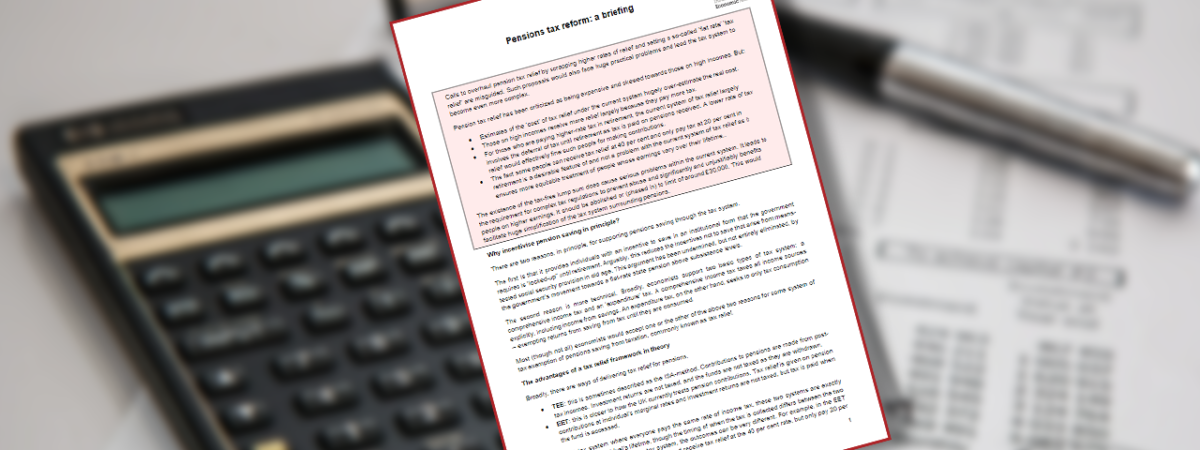Obesity and the Public Purse
SUGGESTED

IEA releases report on the benefits of pre-funded pension systems


Obesity costs less than half as much as the government claims
- This is the first study to estimate the annual savings that overweight and obese people bring UK taxpayers by dying prematurely (in 2016 prices). Ignoring these savings leads to substantial overestimation of the true burden of elevated body mass index (BMI) to the taxpayer.
- Our estimate of the present value of pension, healthcare and other benefit payments avoided through early, BMI-caused deaths (net of foregone tax payments) is £3.6 billion per annum.
- This paper argues the ‘burden-on-the-taxpayer’ narrative, propagated by public health campaigners, is overblown. While claims of a crippling cost are a good way to get media attention, especially during a time of slow motion crisis in the NHS, they irresponsibly incite resentment of a vulnerable group.
- The net cost of overweight and obesity to the government is calculated by subtracting £3.6 billion from an estimate of the healthcare and welfare costs. This paper estimates the net cost at £2.47 billion, which is 0.3 per cent of the UK government’s total budget in 2016 or 1.8 per cent of the NHS budget in the same year.
- An estimated 7.1 per cent of deaths (35,820) are attributable to elevated BMI in England and Wales in 2014. Each individual lost 12 years on average.
- To produce our estimate of the savings, we constructed a counterfactual in which all those who died prematurely from BMI-attributable deaths in a year were resurrected and allowed to live out average lifespans, incurring costs to the government and paying taxes at typical rates. The projected financial flows were discounted at a three per cent rate to get the present value of the cost associated with the extra life years.
- The average government spending on a retiree, net of taxes, is £10,947 per annum.
- The relationship between the present value of government savings (y-axis) and the age of the deceased (x-axis) is roughly an upside-down parabola. The death of a 40-to-54 year old is only worth £11,100 to the government, because foregone years of net contribution must be subtracted from the savings. At the apex of the parabola are 65-to-74 year olds, whose deaths are worth £166,000 per head to the Treasury. The 90+ age group brings in £32,000 per death.
This report featured in The Daily Express and The Metro.
Fullscreen Mode



